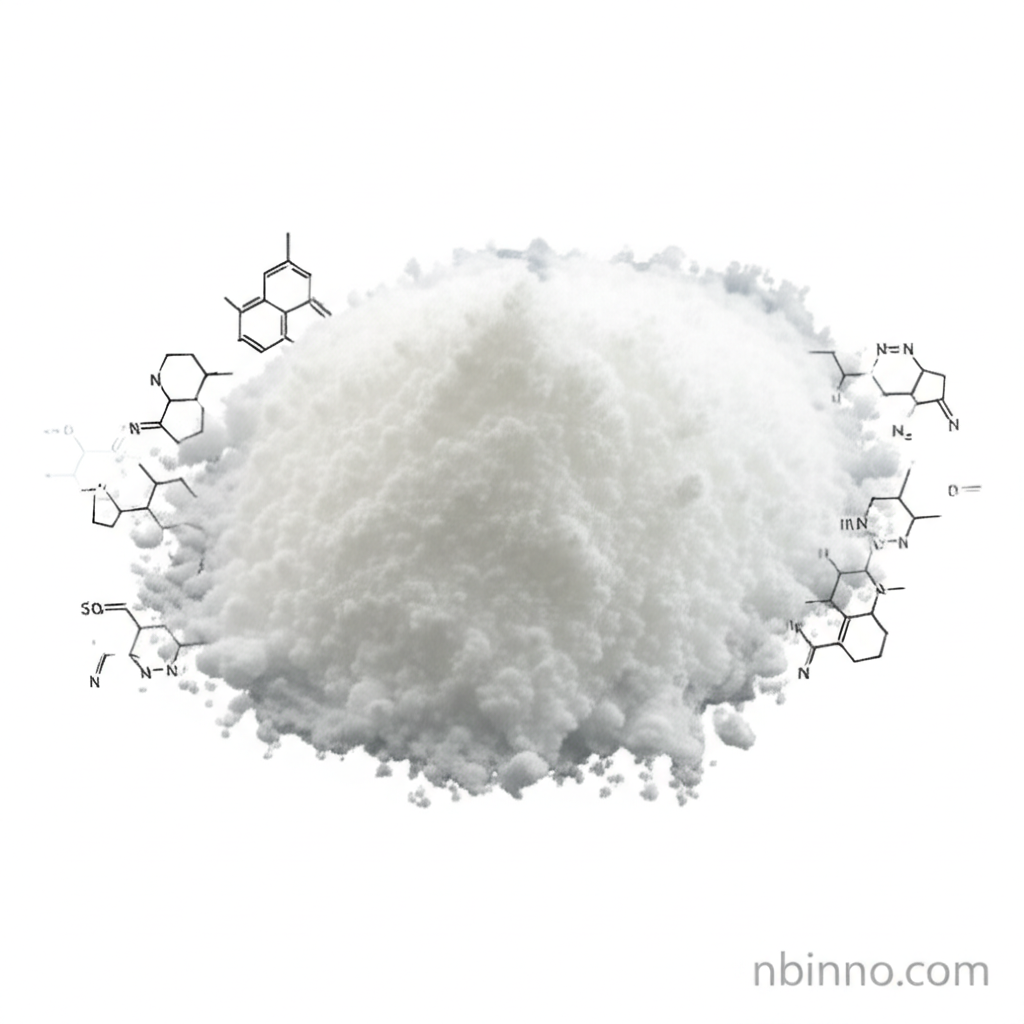5-Methyl-3,4-diphenylisoxazole: A Crucial Chemical Intermediate
Discover the properties and applications of this vital compound in pharmaceutical synthesis and organic chemistry.
Get a Quote & SampleProduct Core Value

5-Methyl-3,4-diphenylisoxazole
This compound is a cornerstone in the synthesis of advanced pharmaceutical agents, notably serving as a key intermediate for Parecoxib Sodium, a COX-2 inhibitor. Its unique isoxazole ring structure and diphenyl substitution make it a valuable building block in complex organic synthesis pathways, contributing to the development of novel drugs and therapies.
- A vital pharmaceutical intermediate, specifically for Parecoxib Sodium synthesis, enhancing drug development pipelines.
- As a versatile organic synthesis building block, it enables the creation of complex molecules with diverse functionalities.
- Characterized by its high purity, often exceeding 98%, ensuring reliable results in chemical reactions and product formulation.
- Its distinct chemical structure offers stability and reactivity, making it a preferred choice for chemists in research and development.
Advantages of this Chemical
Synthesis Versatility
The compound's structure facilitates a range of chemical transformations, making it an adaptable reagent for various organic synthesis strategies.
Pharmaceutical Efficacy
Its role as a key intermediate for pharmaceuticals directly contributes to the efficacy and specificity of final drug products.
Quality Assurance
With a purity often exceeding 98%, this high purity chemical intermediate guarantees consistency and reliability in manufacturing processes.
Key Applications
Pharmaceutical Development
Utilized as a critical pharmaceutical intermediate in the creation of active pharmaceutical ingredients (APIs), such as Parecoxib Sodium.
Organic Synthesis
Serves as a fundamental organic synthesis building block for crafting intricate molecular structures for various chemical industries.
Material Science Innovation
Shows potential in developing advanced materials due to its unique chemical properties, contributing to innovation in this field.
Analytical Standards
Can be used as a reference standard in analytical chemistry, ensuring accuracy in the identification and quantification of related compounds.
